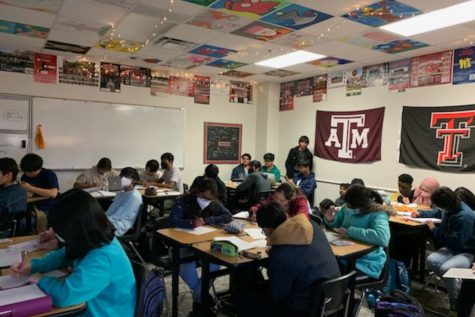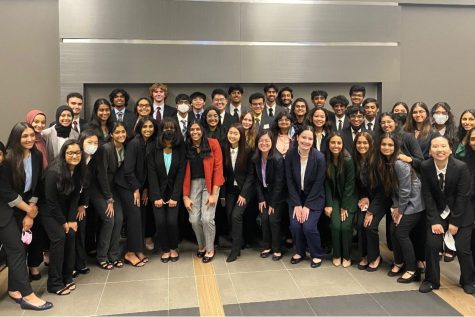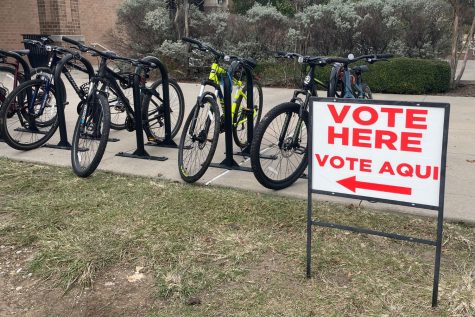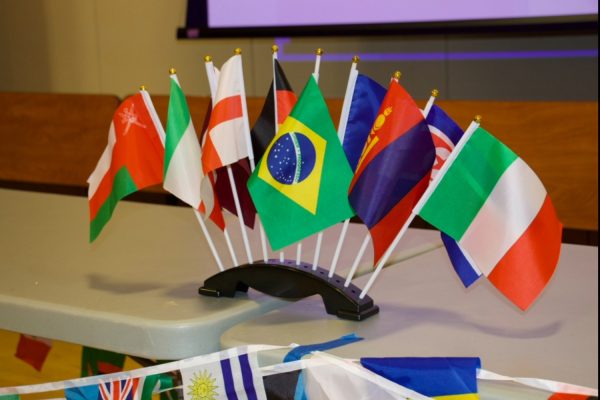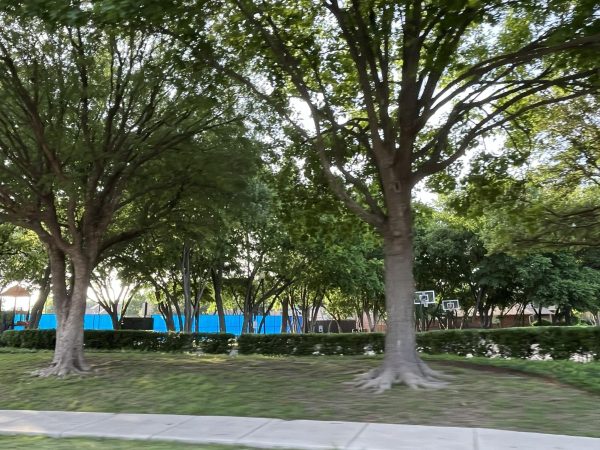Shades of black
A wide range of cultures fall under the terms of black or African-American, and each is unique in its own way.
“Personally, I consider myself 100 percent black, but I am two different ethnicities,” senior Zoomy Taylor said. “So my mom is actually Ethiopian and my dad is African-American.”
“Well my dad is black and my mom is white so I’m biracial,” junior Kierra Lewis said. “It’s kind of different. I feel like white people don’t think I’m white, but they don’t know what I am usually. They just know I’m not white, but black people usually assume I’m black and they take me in more.”
“Both my parents came from the same part of Nigeria in Calabar,” senior Nathaniel Ntuk said. “My dad came here when he was 16 and my mom came here when she was 18 for college, and they both found themselves at OU. I’m a first-generation African-American and they’re both immigrants but they came at different times.”

“I have friends who are the palest people you’ll ever see in your life and then I also have friends who are dark like I have a friends mixed in between black, white, mixed, Hispanic, Asian,” senior Nathaniel Ntuk said. “I have all kinds of and like as long as I like your personality – don’t care what your skin color is I’ll be friends with you.”
Within the African-American race, a social issue known as internalized racism has resurfaced numerous times in the past centuries. Defined by the TAARM as an acceptance of racial views, stereotypes, or biases within one’s own ethnic group, black people undoubtedly experience these prejudices even within their own race.
“I definitely see dark-skinned black men and women and they’re definitely treated worse than I am in most cases,” sophomore Kennedy Williams said. “Because, since I can remember, lighter skin has always been generally more beautiful to society, so they’re treated better than people with darker skin.”
Although America has improved by providing African-Americans all the opportunities of their white counterparts, no legislation can eliminate the impact of bias towards the lighter complexion. This can be seen on all levels, but it essentially begins in front of a screen.
“[Internalized racism] is there because you see it so much on social media and even in movies,” senior Sisi Simo said. “I don’t think they do it intentionally, but you see how people with lighter skin colors are always romanticized or are always a love interest or are always the first choice.”
“Marvel movies are things that kids look up to. They want to be superheroes and when you watch a Marvel movie when you’re little kid, you want to be represented because you want those people to look like you,” Williams said. “I feel like Black Panther is the big step not only for little kids but it’s a big step for society in general.”
Everyone in the school takes pride in its embracement of diversity, but Redhawks also pride themselves in being the ultimate connoisseurs of pop culture. Like any social media user or movie fan, students subconsciously embed bias into their brains. As a result, this internalized racism travels even in classrooms.
“Obvious ways that I’ve seen it is just between peers. You’ll often see it in the form of romantic desirability. Everybody wants that light, bright, beautiful, light skin, yellow-boned girl that’s the girl in the music videos,” Taylor said. “That’s what’s considered more attractive, sexy. So you’ll see that when you try dating and trying to make friends in high school.”
“I think people think that it’s not as shocking when you see a mixed-race person who has a lot of white friends,” Simo said. “But when people who see a dark-skinned person who has a lot of white friends people automatically think ‘oh they’re an Oreo they’re this they’re that they’re whitewashed.’”

“Obvious ways that I’ve seen it is kind of just between peers you’ll often see like as I said like romantic desirability everybody wants that you know light bright, beautiful, light skin, yellow boned girl that’s the girl in the music videos,” senior Zoomy Taylor said. “That’s what’s considered more attractive, sexy, but its so you’ll see that when you try dating in high school trying to make friends.”
This isn’t to say that the lives of Redhawks are constantly coated with racial bias however. Students agree that the majority of their experiences reflect the willingness of the student body to accept those who do not look like them.
“That’s the thing about Liberty. We’re very diverse so I feel like there are a lot of times where people do act like the stereotypes and there are people who you think would act like the stereotype but they don’t,” senior Eli Crentsil said. “Not everything is the stereotype or the cliche. People just act how they act.”
“I have friends who are the palest people you’ll ever see in your life and then I also have friends who are dark. I have friends mixed in between, black, white, mixed, Hispanic, Asian,” senior Nathaniel Ntuk said. “I have all kinds of friends and as long as I like your personality, I don’t care what your skin color is; I’ll be friends with you.”
Nobody knows the secret to combating racial bias, but there are little things that students believe will make a big difference.
“If you’re going to accept one part of a culture you should be open to exploring and accepting other parts of the culture,” Simo said.
“To people who are racist to anybody whatsoever, just open your mind up,” Lewis said. “They’re all the same. We’re all made up at the same stuff. At the end of the day, we’re all going to end up dead, so we might as well support each other while we’re here.”
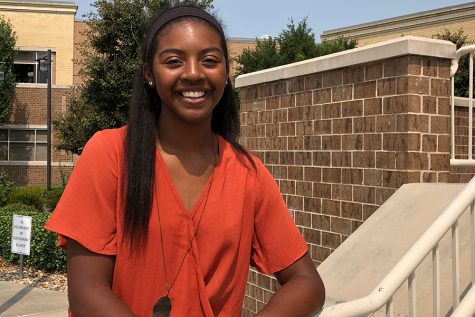
Kennedy is a senior who's starting her final year of broadcast journalism. She plans to become an anesthesiologist and continue to drum as a side hustle....



